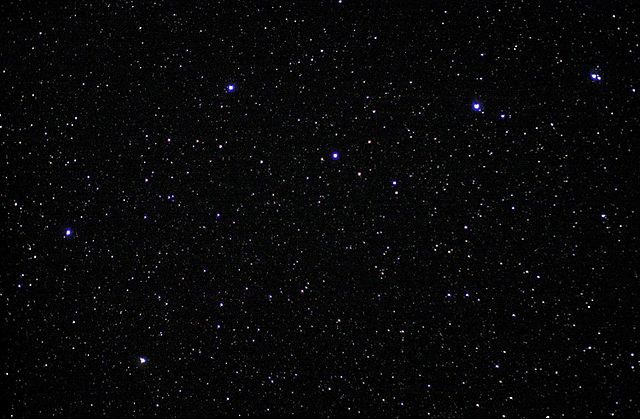Stargazing activities that are out of this world

With all the hustle and bustle on planet Earth, it can be hard to remember the infinity above us. Taking time to gaze into the night sky quiets the brain and inspires creativity today the same way it has for centuries. Did you know that nearly every star we can see with the naked eye is bigger and brighter than our sun? Or that the star HD 140283, also known as Methuselah, appears to be older than the universe itself? The vastness of space may offer more questions than answers, but that’s what makes it the perfect place to explore—even from your backyard.
Backyard Astronomy
No telescope? No problem. With thousands of stars and a large rocky satellite visible to the naked eye, there’s plenty to observe and explore unaided. Start by finding out what you’ll be able to see tonight by using an interactive sky chart like this one or downloading an app like SkyView (the lite version is free). If you’re checking ahead of time, make a scavenger list of stars, planets, or constellations to be on the lookout for. You can practice the constellation shapes indoors by creating a geoboard or outside using rocks and chalk to prepare. Once you get outside, give your eyes about ten minutes to adjust to the darkness before getting down to business. While you wait, try these quick activities to test your night vision:
The Eyepatch – Cover your left eye while your right eye is exposed to light from a flashlight or cellphone. After leaving it covered for a few minutes, shut the light off, open your left eye, and cover your right eye instead. Does it look different? Now switch back and forth between covering your left and right eyes. You’ll notice your left eye can see significantly better because it’s already adjusted to the dark.
Crayon Crazy – Bring some crayons out into the dark with you. Cover the color names and try to guess what they are. Now read the labels and check to see if you were right, but don’t feel bad if you weren’t! Our eyes have photoreceptors called rod cells and cone cells. Cones are great at detecting color but need adequate light to do so. Rod cells help us see in low-light conditions but aren’t very good at discerning colors.
Now that you’re ready, what do you see above you? Ask yourself the following questions and record you answers in a journal so you can track changes over time:
1. Can you find the moon? What does it look like?
2. What constellations can you see? Where are they located in the sky?
3. What planets are visible? How can you tell the difference between stars and planets?
If it’s raining or you just can’t make it outside, bring the stars inside instead. DIY a constellation flashlight using some black paper and scissors and light up the walls with your favorites.

The “Big Dipper”
A Creative Space
Get it? Space? Perhaps comedy is not your – or my – creative outlet, but there are countless other ways to express the night sky using your imagination:
Yarn Planets – Grab some cardboard, yarn, string, and whatever else you have around the house to make yarn-wrapped planets that you can display and arrange as you learn about the solar system. Find the directions here.
Mirror Image – You can mimic the starlit sky by using small tealights in holders. Take 5 – 10 tealights or votives outdoors on a bright, calm night and find a constellation that you would like to copy on the ground. Using lit tealights (be careful) place them at each star point in a constellation. For instance, for the Big Dipper you would need 7 tealights to trace out the shape of the dipper.
Starry-Book – Fold a few sheets of paper in half like a book or fold a longer piece of paper into an accordion. Using watercolors, markers, crayons, or any other craft supplies you have around the house color in a portion of each ‘page’ that will become the night sky around a constellation(s) of your choice (one per page works best). Then, using a hole punch, stamp out the ‘stars’ in the constellation and label it in any the blank areas. Connect the stars with lines if you’d like or leave them more abstract.
Ode to the Moon – Write a poem to the moon or your favorite celestial body. If visible, spend some time observing it and consider what makes it unique: color, size, shape, texture, temperature, etc. Perhaps do some research on its mythological or scientific history and incorporate what you’ve learned into your writing. Bonus points if you never mention its name and get your family and friends to guess!
Now that you’ve built up an appetite from all that stargazing, finish up by grabbing a snack and making the phases of the moon using oreos.

About the Author
Nadya Hall
Nadya has her master’s in environmental policy with a focus on human-wildlife coexistence. She is passionate about the conservation of wildlife and wild places through science, advocacy, and environmental education.


